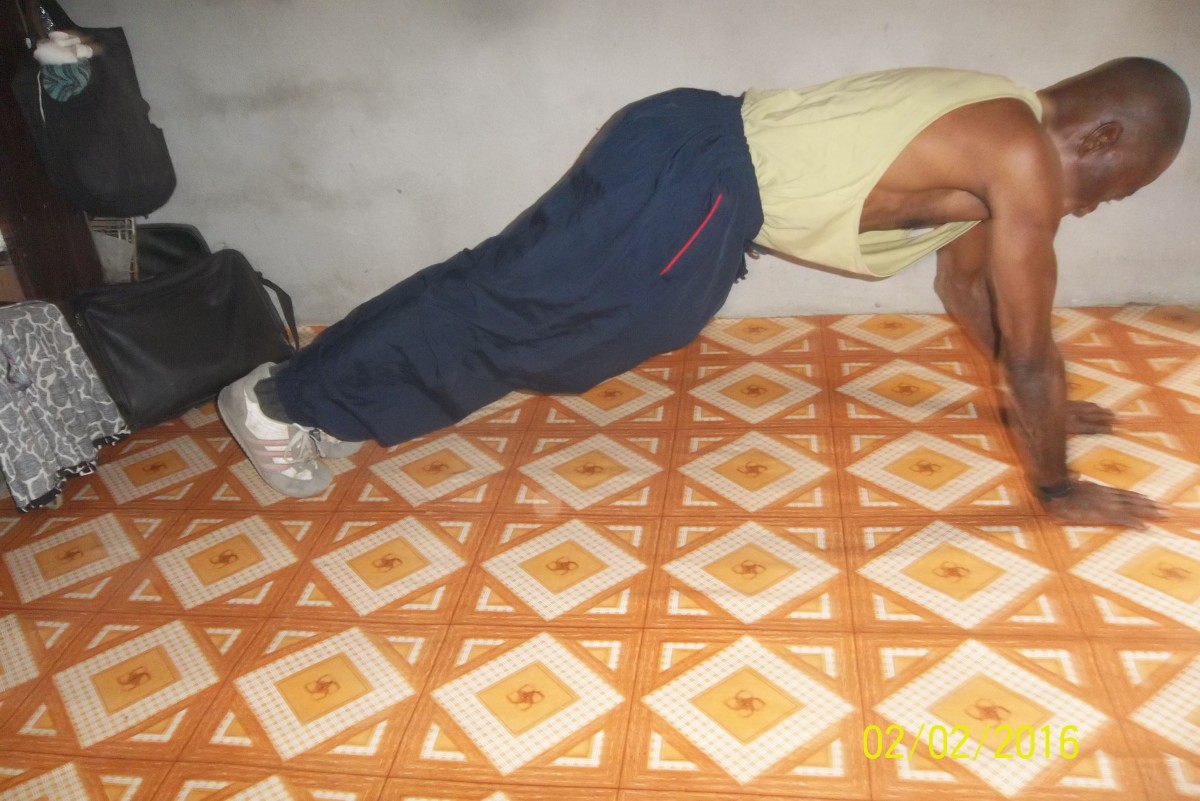Run Faster with High Intensity Interval Training (HIIT)

“Every morning in Africa, a gazelle wakes up. It knows it must run faster than the fastest lion or it will be killed. Every morning a lion wakes up. It knows it must outrun the slowest gazelle or it will starve to death. It doesn’t matter whether you are a lion or a gazelle, when you sun comes up, you’d better be running.” (unknown).
What is HIIT?
To fun faster, you have to train faster. Recent research has shown the benefits for high intensity interval training (HIIT). Generally, HIIT is described as 10-60 second long intervals followed by a rest period one to four times the length of the work interval. Your work interval should be 100 percent effort and a full sprint. That’s why it is important to take the rest period to recovery so you can keep the work interval at 100 percent in good form.
Dr. Martin Gibala, of McMaster University, suggests that even athletes who have been training hard can increase their speed with HIIT. When you train at 100% your cardiovascular system gets stronger and faster at pumping oxygen to the working muscles and then the muscles get more efficient at using the oxygen-rich blood.
HIIT can increase your risk for injury so you need to be strong, flexible and have a solid fitness base before incorporating HIIT into your weekly workout routines. One way to gauge if you’re ready to start HIIT is if first you can hold a squat position for 90 seconds and second when you’re in standing position if you can grab your heel and touch it to your tailbone and feel only a minor stretch in your quad and hips. I recommend starting with one HIIT session a week and then you can build up to two sessions every 10 days.

Time to HIIT It!
Track Workout – On a standard track, one straight-away is 100 meters long. For this workout, start with two 100-meter sprints, with two to three minutes of walking or jogging in between. After that, complete four 150-meter sprints with three to four minutes of recovery. Slowly over time you can build up to repeats of 10. You can also decrease the time of rest in between each interval.
Trail Workout – Be careful as you begin to incorporate uneven terrain into your HIIT workouts. Start with five 30-second sprints during your entire run. Build up to ten one minute sprints. Then, you can progress to alternating 30 second sprints with 90 seconds recovery jog and repeat that five times throughout your run. Then, you move into 10 cycles with one minute sprints and one minute recovery jog.
Hill Workout – Hills are a great way to build power and strength in the legs. And adding a HIIT workout to your hill runs, can be so beneficial but challenging. Find a specific hill that you’ll be running up and down and start with three to five repeats of 30 seconds up and walk down the hill. Over time, increase intervals to one minute sprint with one minute recovery.








